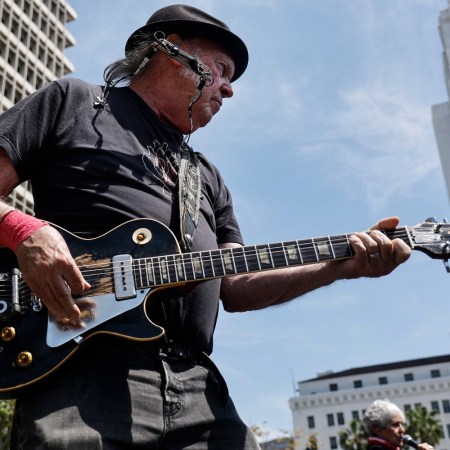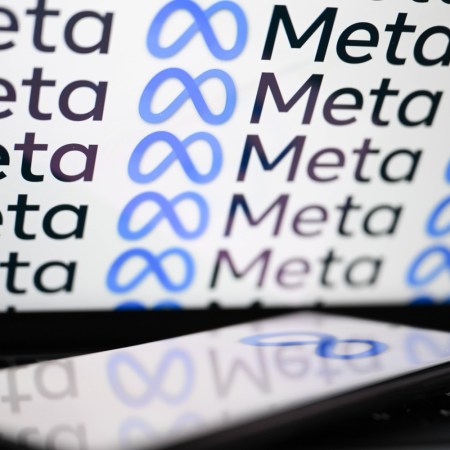Earlier this summer, social network Facebook was the target of a high-profile advertiser boycott. The boycott was created to protest Facebook’s policies regarding hate speech; once enacted, it prompted a slump in Facebook’s stock price. While the boycott called attention to an area that needed attention, a question still hovers over the proceedings: namely, was the boycott large enough to spark change?
Writing at The New York Times, Tiffany Hsu and Eleanor Lutz took an in-depth look at how the boycott played out. The boycott was slated for the month of July, offering a completed set of data to study. The picture this data offers is one where Facebook’s ad revenue did take a hit in July:
The 100 advertisers that spent the most on Facebook in the first half of the year spent $221.4 million from July 1 through July 29, 12 percent less than the $251.4 million spent by the top 100 advertisers a year earlier, according to estimates from the advertising analytics platform Pathmatics.
The Times article points out that 9 advertisers of that group of 100 announced that they would be advertising significantly less. While a number of companies that held off on advertising on Facebook in July plan to be back in August, the article notes that the boycott did raise awareness of Facebook’s hate speech policies.
Between that and Mark Zuckerberg’s recent testimony to Congress — and the criticism he received from members of Congress when he did so — there’s at least been a template established for some potential change. Will that change take hold with an industry in flux? That’s something to monitor in the weeks and months to come.
Subscribe here for our free daily newsletter.
Thanks for reading InsideHook. Sign up for our daily newsletter and be in the know.


















